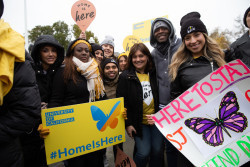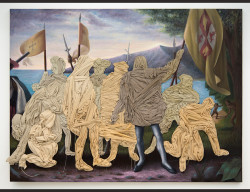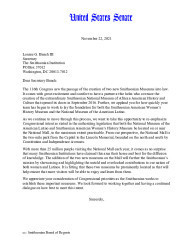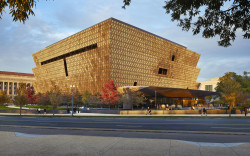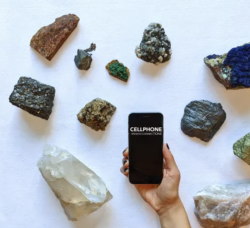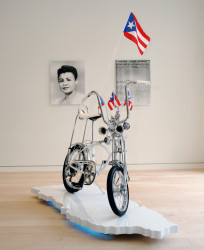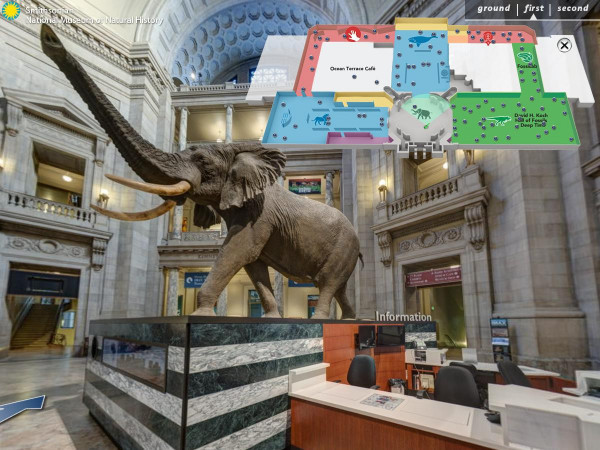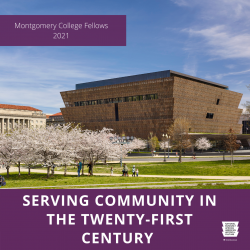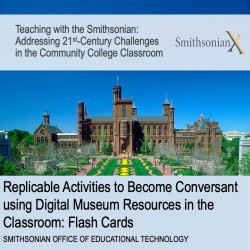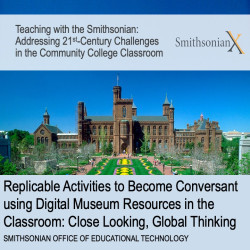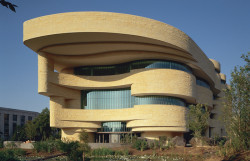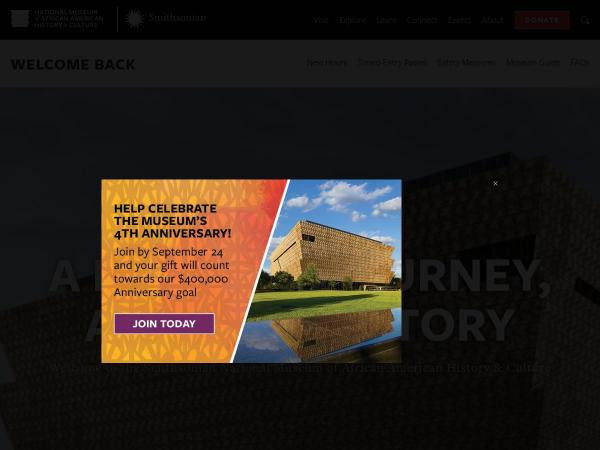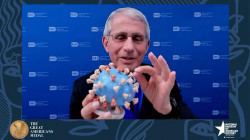Philippa Rappoport
I work in education and engagement, teacher professional development, and outreach at the Smithsonian Office of Educational Technology (OET), and have a particular interest in developing and producing trainings, programs, teaching techniques, and platforms that foster deep learning and contribute knowledge to improve practices in museum and preK-16 education and engagement. At OET over the last decade+, I created digital assets for schools, families, and new immigrant English Language learners to complement teacher professional development and pan-Smithsonian programming, including Learning Lab teaching collections, YouTube videos with tradition bearers, a handmade family stories book-making website, and online heritage tours.
Philippa Rappoport's collections
Student Activity: An Exploration of Immigration/Migration Experiences
 Philippa Rappoport
Philippa Rappoport
Story Work to Increase Engagement and Empathy (Companion Collection for a Smithsonian National Education Summit Workshop)
 Philippa Rappoport
Philippa Rappoport
Stories of Irish American Assimilation in 19th-century America
 Philippa Rappoport
Philippa Rappoport
Social Justice in the Time of Pandemic: Presentations from the National Museum of African American History and Culture
 Philippa Rappoport
Philippa Rappoport
2024 Smithsonian-Montgomery College Faculty Fellowship Program - Opening Panel Resources
 Philippa Rappoport
Philippa Rappoport
2024 Smithsonian-Montgomery College Faculty Fellowship Program - National Portrait Gallery
 Philippa Rappoport
Philippa Rappoport
2024 Smithsonian-Montgomery College Faculty Fellowship Program - National Air and Space Museum
 Philippa Rappoport
Philippa Rappoport
Serving Community in the 21st Century: Presentations from the National Museum of African American History and Culture
 Philippa Rappoport
Philippa Rappoport
Rethinking Americans
 Philippa Rappoport
Philippa Rappoport
(Re)Imagining Youth Engagement: National Museum of the American Indian
 Philippa Rappoport
Philippa Rappoport
Reimagining a National Symbol: The Immokalee Statue of Liberty, by Kat Rodriguez
 Philippa Rappoport
Philippa Rappoport
Raven Steals the Sun: A Celebration of Tlingit Culture
 Philippa Rappoport
Philippa Rappoport



